Big cats like tigers, lions, leopards, and cheetahs face an array of threats in the wild, including habitat loss, poaching, and human-wildlife conflict. These majestic creatures are integral to their ecosystems, yet their populations are dwindling at alarming rates. Conservationists are increasingly turning to advanced technologies such as Artificial Intelligence (AI) and GPS to bolster conservation efforts and ensure the survival of these iconic species.
The Role of AI in Wildlife Conservation
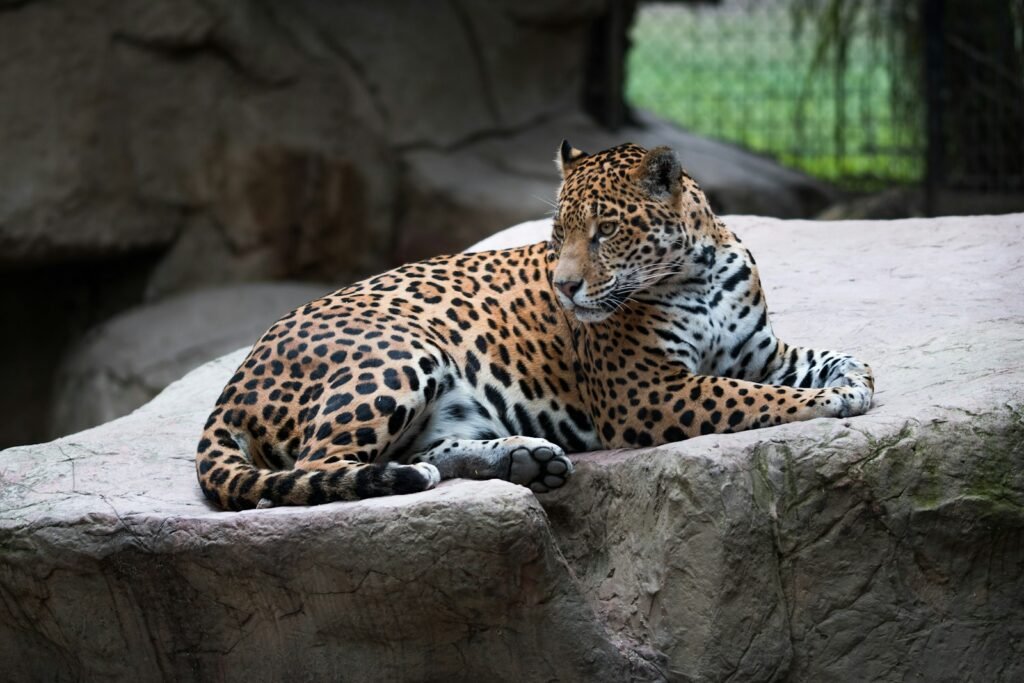
Artificial Intelligence has revolutionized various fields, and wildlife conservation is no exception. AI technologies can process vast amounts of data rapidly, identify patterns, and make predictions, which is invaluable for monitoring and protecting big cats. From drone imagery to wildlife cameras, AI systems help in the detection and tracking of these elusive animals.
GPS Technology in Tracking Big Cats
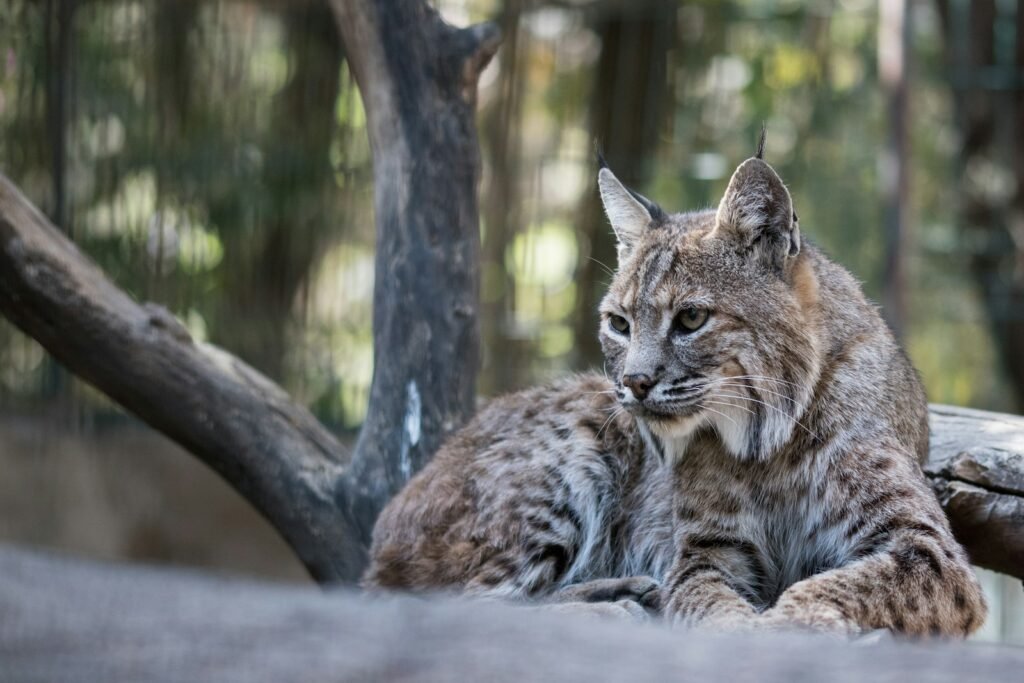
Tracking big cats with GPS collars allows researchers to gather crucial data on their movements, behaviors, and habitats. GPS technology provides real-time information, making it easier for conservationists to monitor territories, assess habitat use, and understand the spatial ecology of these animals.
Data Collection Through Camera Traps

Camera traps equipped with AI software are deployed across forests and grasslands to capture images and videos of big cats. These cameras automatically detect and record images when a big cat crosses their path, enabling scientists to study their behavior without human interference. The AI software helps in sorting and identifying species from thousands of images efficiently.
AI-Powered Poaching Prevention
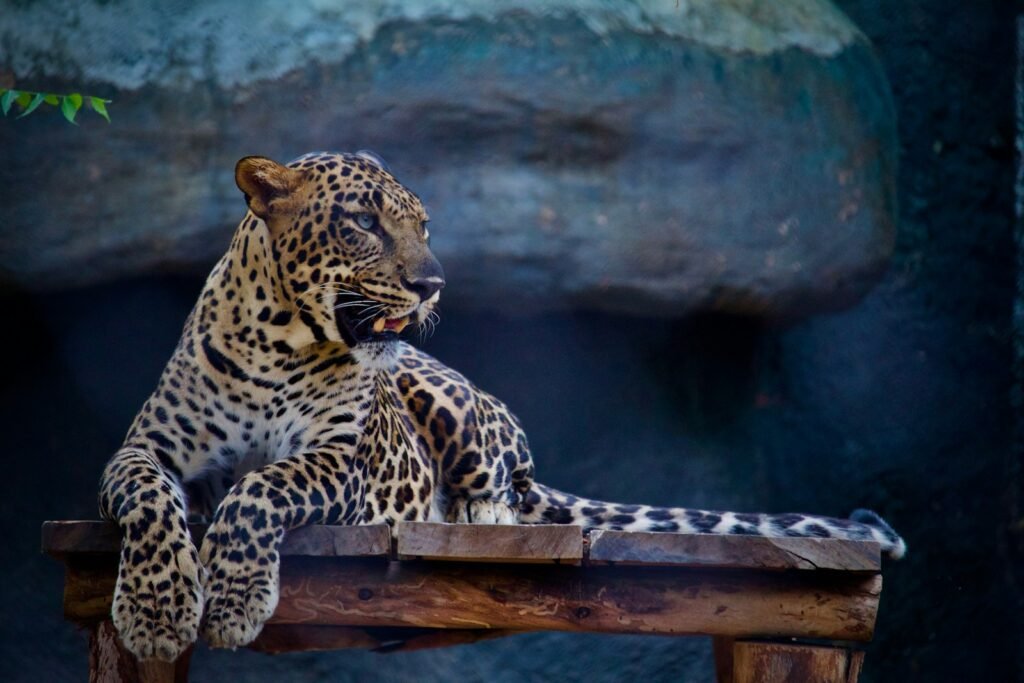
AI is being used to predict poaching activities by analyzing data such as weather patterns, terrain, and historical poaching incidents. Predictive models help conservationists focus their anti-poaching efforts on high-risk areas, potentially saving the lives of countless big cats. This proactive approach deters poachers and enables quicker response times from conservation units.
Enhancing Human-Wildlife Coexistence

Conservationists use AI and GPS to mitigate human-wildlife conflicts by tracking the movements of big cats that live near human settlements. Alerts can be sent to communities if a big cat is approaching, allowing locals to take precautions. This not only protects human populations but also prevents retaliatory killings of big cats.
AI-Driven Habitat Analysis
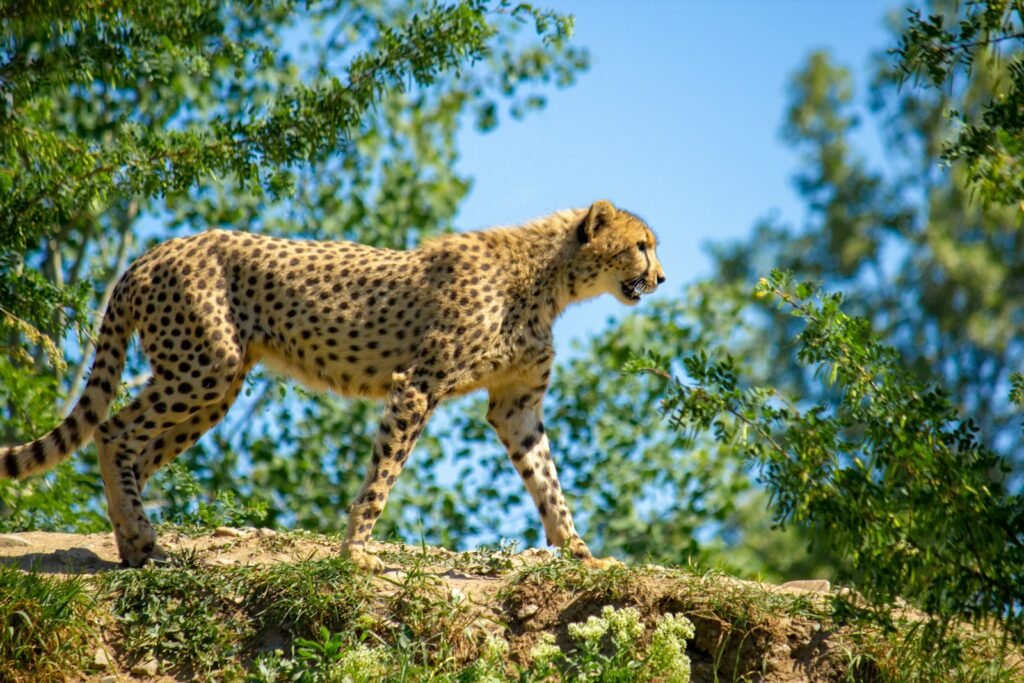
AI tools assist in analyzing and modeling big cat habitats, providing insights into the environmental conditions necessary for their survival. Habitat analysis helps identify areas crucial for conservation and assists in the planning of wildlife corridors that facilitate safe movement between habitats, ensuring genetic diversity.
Citizen Science and AI Collaboration
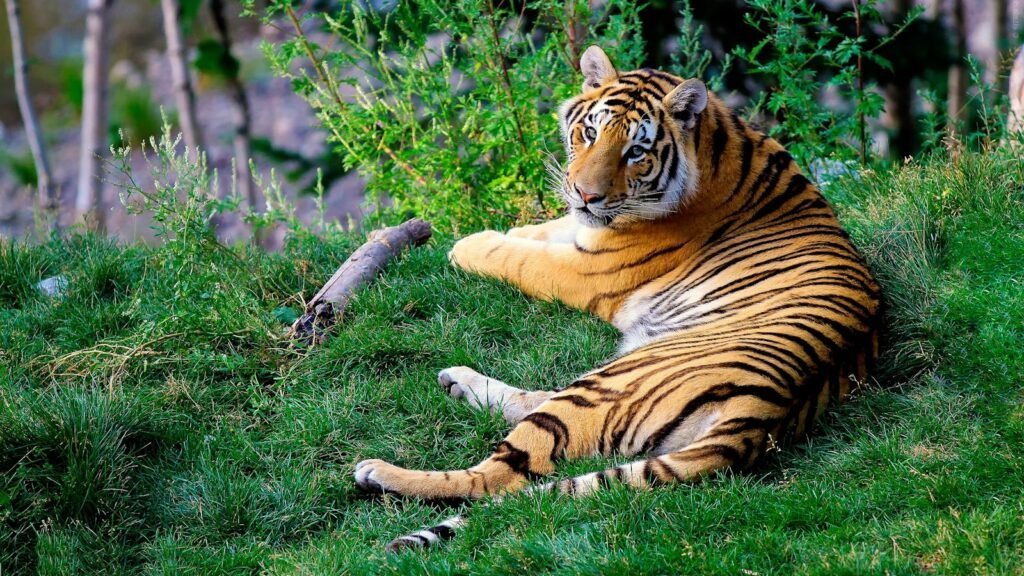
AI platforms are increasingly involving citizens in conservation efforts through apps that allow the public to report sightings or upload images of big cats. These collective data points are analyzed by AI software, broadening data collection efforts and engaging the public in conservation missions.
Challenges and Limitations
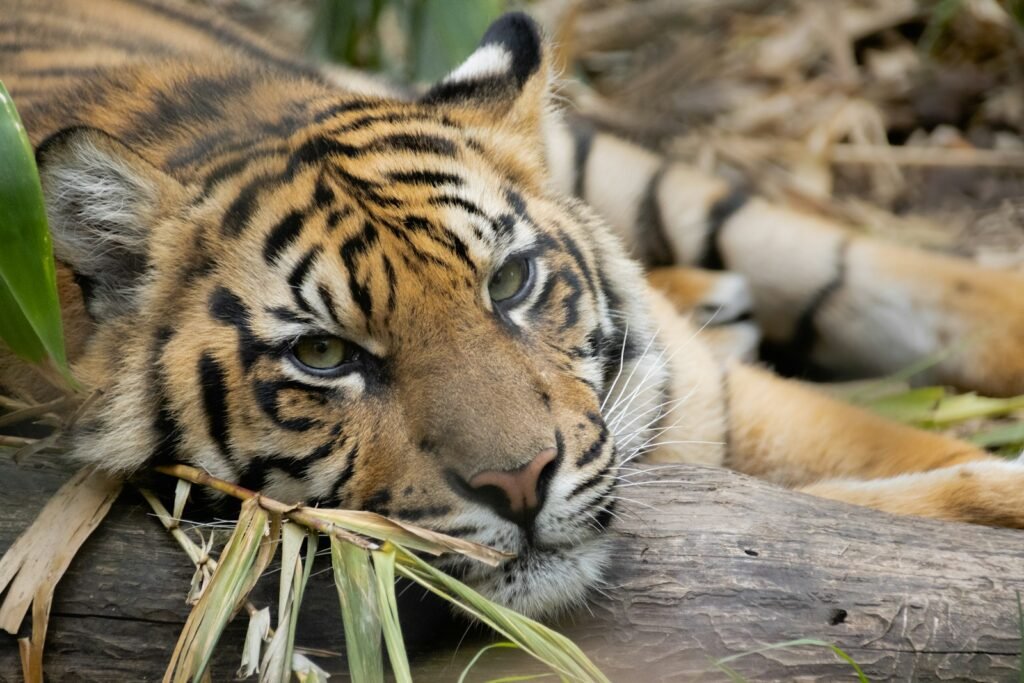
While AI and GPS technologies offer numerous benefits, they are not without challenges. The high cost of equipment, the need for technical expertise, and potential data privacy issues pose significant hurdles. Ensuring that these technologies are accessible and used ethically is crucial for their widespread adoption in conservation efforts.
Future Prospects of AI and GPS in Conservation
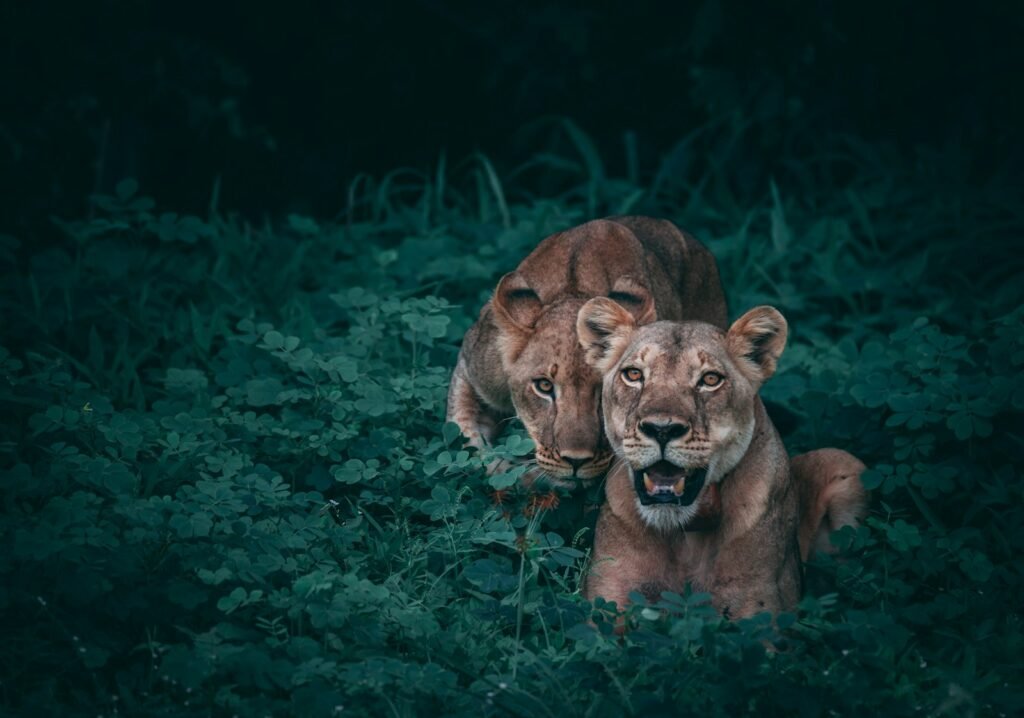
As technology progresses, the capabilities of AI and GPS in wildlife conservation will continue to expand. The integration of machine learning algorithms, remote sensing technology, and big data analytics holds the promise of even more precise monitoring of big cats. Future innovations could lead to smarter, more effective conservation strategies that balance technological advancement with ecological preservation.
Conclusion: A Glimmer of Hope
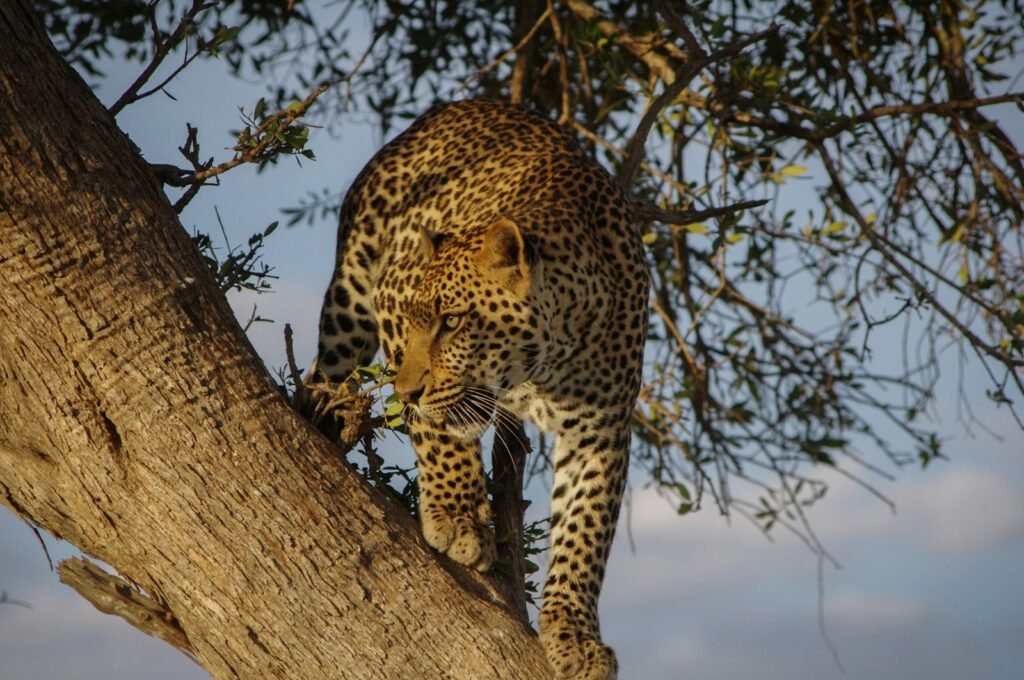
The use of AI and GPS technologies is providing new hope for the conservation of big cats. These innovations are proving to be powerful tools in safeguarding these species from extinction, fostering a future where big cats can thrive once again in the wild. As we continue to develop and refine these technologies, the collaboration between conservationists, technologists, and communities will play a pivotal role in securing a sustainable future for these irreplaceable creatures.
Hi, I’m Bola, a passionate writer and creative strategist with a knack for crafting compelling content that educates, inspires, and connects. Over the years, I’ve honed my skills across various writing fields, including content creation, copywriting, online course development, and video scriptwriting.
When I’m not at my desk, you’ll find me exploring new ideas, reading books, or brainstorming creative ways to solve challenges. I believe that words have the power to transform, and I’m here to help you leverage that power for success.
Thanks for stopping by, Keep coming to this website to checkout new articles form me. You’d always love it!





